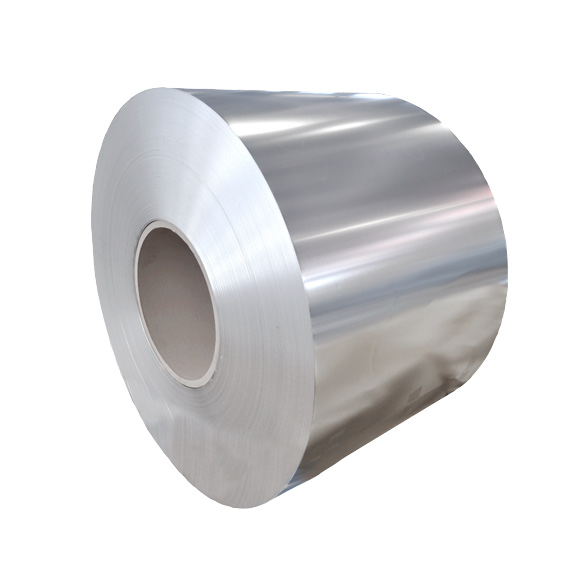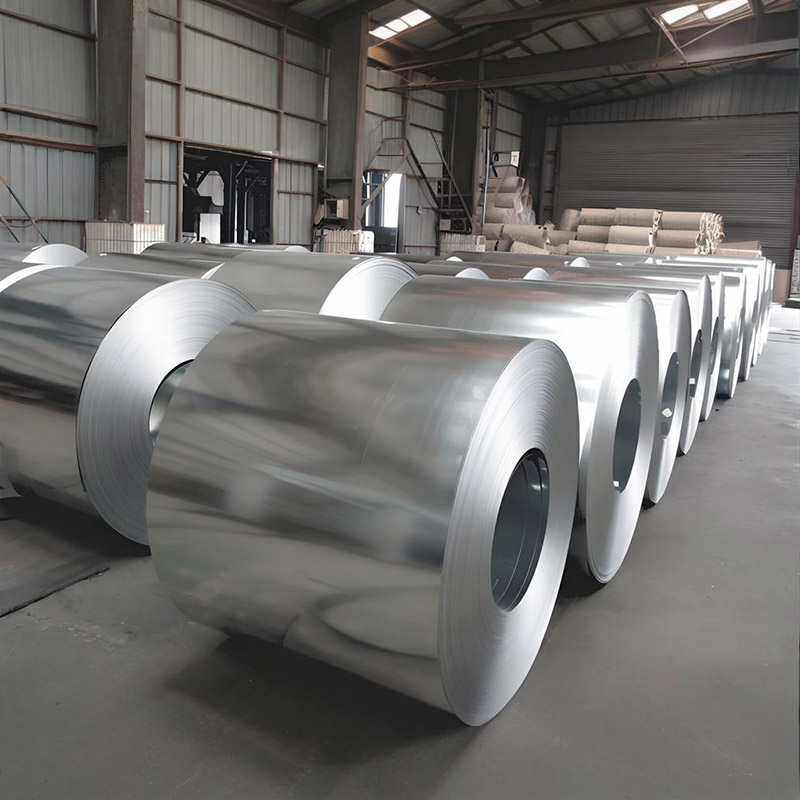When working with tinplate coil, engineers and procurement teams often face numerous questions that impact project success, cost efficiency, and product quality. This comprehensive resource addresses common concerns and provides valuable insights for professionals in these critical roles.
What exactly is tinplate coil and why is it so versatile? Tinplate coil consists of thin steel sheets coated with a layer of tin, offering exceptional corrosion resistance, formability, and aesthetic appeal. Its unique combination of properties makes it ideal for various applications, from food packaging to industrial components. The material’s recyclability and sustainability credentials further enhance its value proposition in today’s environmentally conscious market.
How do you select the right tinplate coil specifications for your specific application? The selection process involves considering multiple factors including thickness, temper, coating weight, and surface finish. Engineers must evaluate the end-use requirements, processing methods, and performance expectations. For instance, food packaging applications may require specific coating weights to ensure product safety and shelf life, while deep-drawn components demand materials with superior formability characteristics.
What quality standards and testing methods should procurement teams prioritize? When sourcing tinplate coil, adherence to international standards such as ISO, ASTM, and JIS is crucial. Material certifications, mechanical property reports, and surface quality assessments should be mandatory requirements. Implementing rigorous incoming inspection protocols helps identify potential issues early, preventing costly production delays and quality problems.
How can organizations optimize their tinplate coil procurement strategy? Effective procurement involves balancing cost, quality, and lead time considerations. Building strong relationships with multiple suppliers, understanding market dynamics, and implementing just-in-time inventory practices can significantly enhance cost efficiency. Additionally, exploring alternative coil widths or gauges may present opportunities for material optimization and waste reduction.
Share this knowledge with your team: One procurement manager shared how implementing a tiered supplier approach reduced their material costs by 12% while maintaining quality standards. By developing clear specifications and fostering transparent communication with suppliers, they created a more competitive bidding environment that benefited their organization long-term.
Looking ahead, the tinplate coil industry continues to evolve with advancements in coating technologies, thinner gauges for lightweighting, and increased recycled content. Engineers and procurement teams who stay informed about these developments will be better positioned to make strategic decisions that drive innovation and competitive advantage in their respective fields.



